FRLs are combination devices used to treat compressed air by filtering it, regulating its pressure levels and lubricating any pneumatic tools or equipment that use it. These devices require careful selection and care to ensure long-lasting, efficient operation. Here are some keys to maximizing the efficiency of your FRLs.
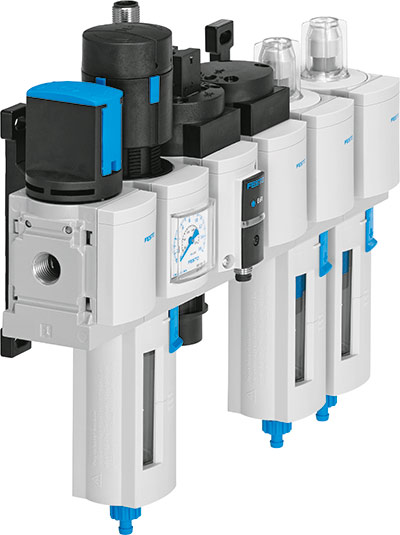
Understand proper sizing and selection. Sizing an FRL correctly is the first step, as improperly sized designs can increase energy costs. The filter must be sized for minimal pressure drop and for the highest flows the assembly will see. When in doubt, sizing up is best, as too-small filters will increase pressure drop and will have shorter lives because they have smaller capacity to capture and hold contaminants.
In addition, understand the environment where it will operate. Ensure that all parts of the FRL are constructed of compatible materials, for example, those that are rated for washdown environments in food and beverage processing. Consider ambient temperatures as well, especially if used in harsh environments like offshore, which require corrosion resistance and seal-tight designs.
Pick the right filter location. Adopt a preventative maintenance program to avoid saturated filter elements. Do not over-use these devices; only use them when and where the air needs to be treated. Thus, they should be installed as far away from the compressor as possible, to allow for cooling and condensing of the air and vapors. In addition, filters should be installed as close to the tools as possible. Ensure the filter is installed first before the lubricator and regulator — and in the correct airflow direction (airflow direction is indicated by arrows on top).
Don’t forget about maintenance. Monitoring filter elements is perhaps the most important step in FRL maintenance. Once a filter element reaches its contaminant capacity, its pressure differential will increase. Use pressure-drop indicators such as differential pressure gauges — these simple devices indicate when a filter needs to be changed. Filters should be changed if outlet pressure drops below normal or air does not flow smoothly during operation.
Additionally, regular inspections of the air filter’s, regulator’s and lubricator’s bowls should be performed to detect cracks, scratches or other damage, which can affect performance or create a dangerous situation. Replace the bowl when this type of damage is found. Checking for dirt is also necessary. If found, clean with a mild cleaner to prevent damage.
Use lubricator oils. Using the correct oil for lubrication is critical. Depending on the manufacturer, you could be using non-fluid oil or turbine oils. Automotive oils should not be used as they don’t have the right lubricating properties. Ensure it is filled to the top of the bowl or the fill line. This level must always be maintained for proper tool lubrication, so daily checks are required.
Know about proper regulator installation. Regulators ensure the working pressure is at its optimum level at point of use, for maximum compressed air system efficiency. They should be installed at the pipe for each service application and tool that requires different working pressures. They should be downstream from the filter and upstream of the lubricator, and once again, install them with the flow direction arrows pointing towards the tool.

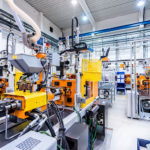
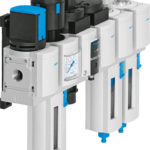
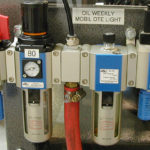

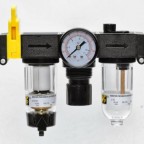
this is great specially in dusty winter conditions. I’ve been using SMC filters but was looking for some cheaper solutions if possible in the middle east or china? but reliability is the first concern.